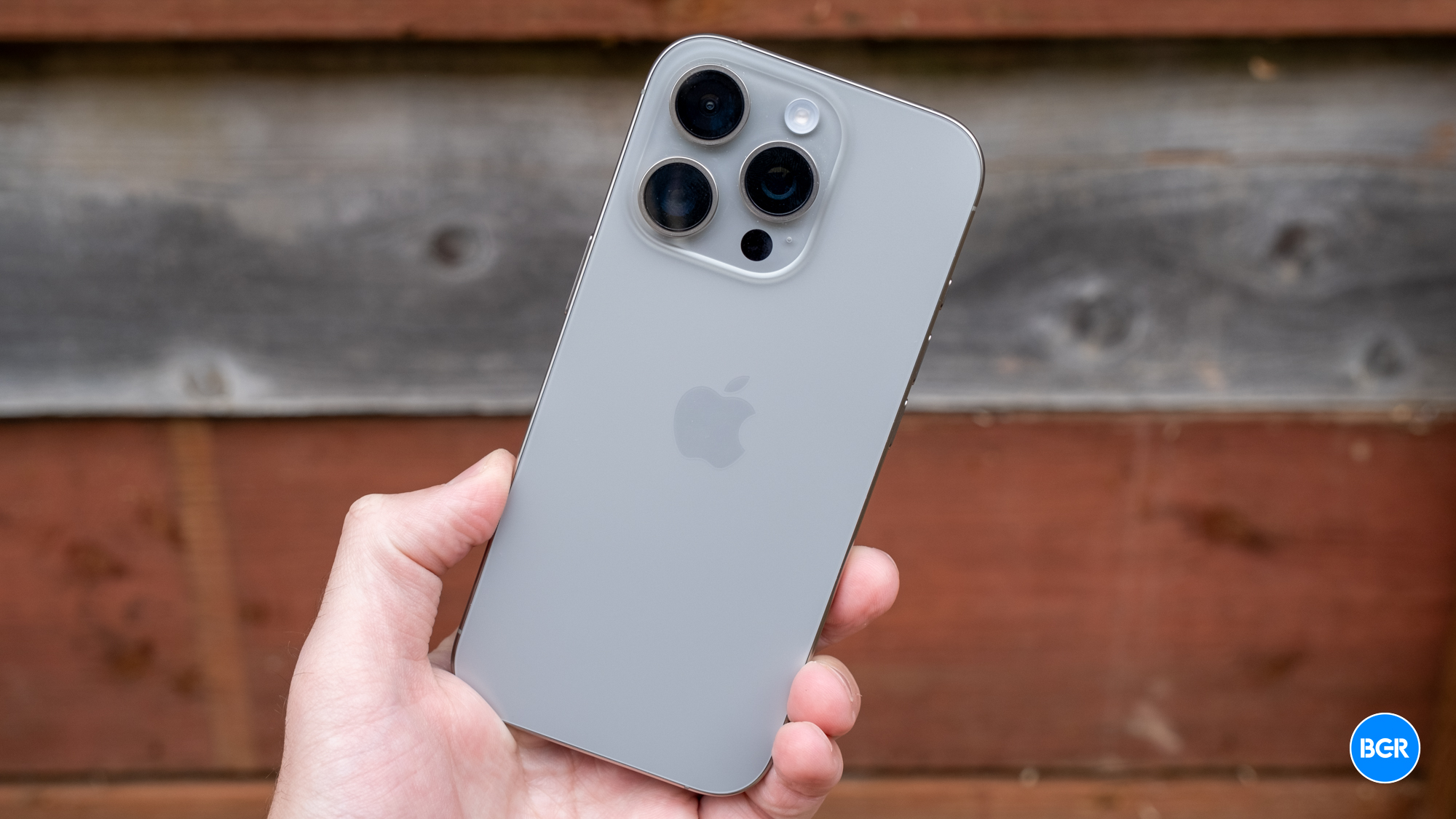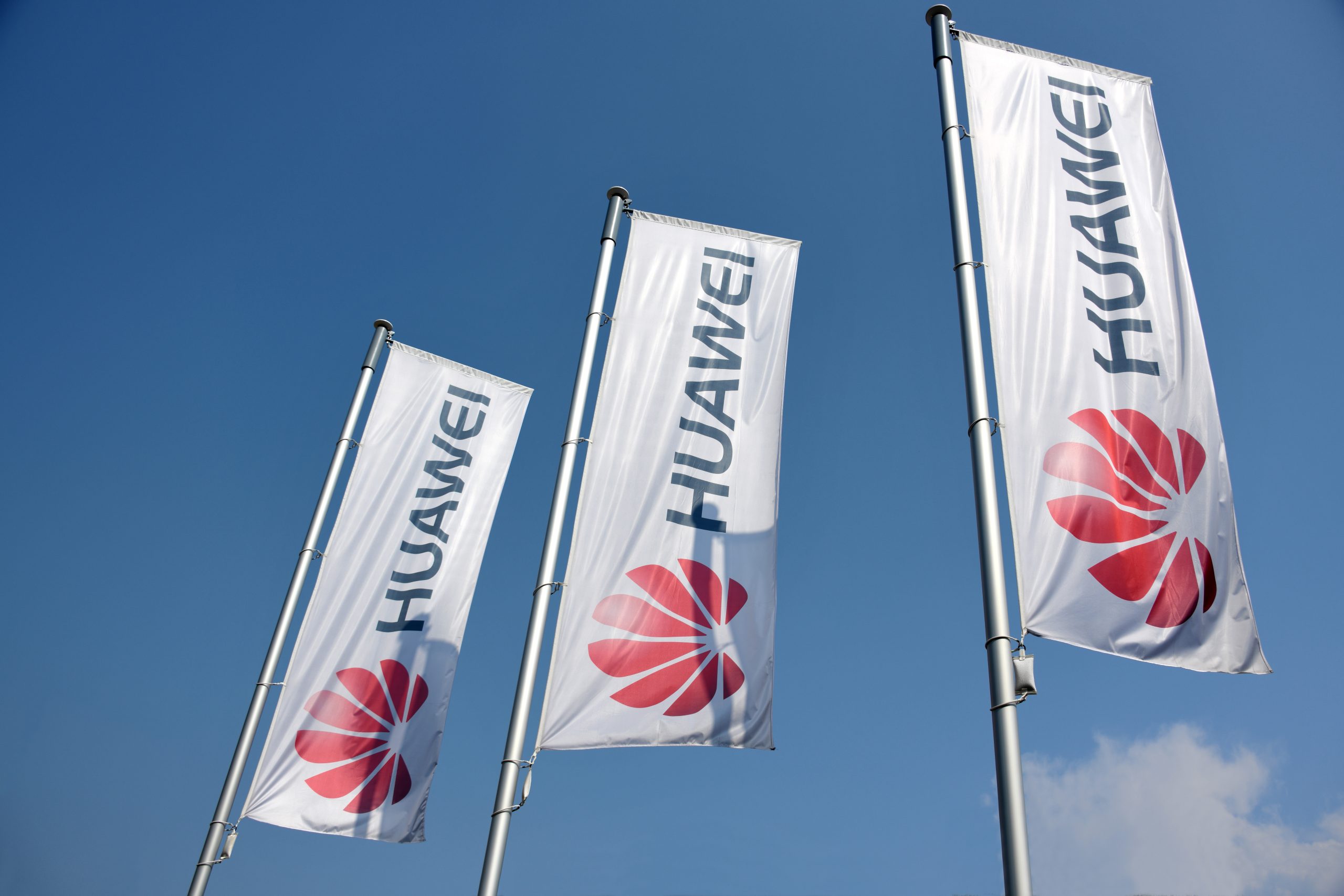Google’s Pixel range has always had a place in my heart. There’s something about Google’s approach to UI design, AI features and camera technology that continues to stand out in a competitive market – but Google’s grasp on the flagship market is slipping.
With increased competition in the best phone space from the likes of Oppo, OnePlus, Honor and Xiaomi and continued pressure from Samsung and Apple, the Pixel 9 struggled to make waves in the same way that previous releases did.
With the Pixel 10 launch set for the next few months, here are five upgrades that the smartphone desperately needs to stay relevant in 2025.
A dedicated zoom lens
The Pixel 9, like others in the Pixel 9 collection as well as older Pixel smartphones, boasts impressive camera tech that helps it stay competitive in the high-end market. The phones tend to offer vibrant, detailed images with some of the most accurate colours around, especially when it comes to the all-important skin tones.
Google has also done a great job at implementing genuinely handy AI features within the shooting experience, from Best Take and Add Me to Super Res Zoom that replaces the need for a dedicated telephoto lens – in theory, anyway.

While I am a big fan of Google’s Super Res Zoom tech, it can’t compete with a dedicated telephoto or periscope lens.
That was fine once upon a time, but with dedicated zoom lenses now appearing in budget phones like the Nothing Phone 3a and competing flagships like Samsung’s Galaxy S25, it’s becoming a sticking point for the regular Pixel – especially as the Pro variants offer the tech.
To better compete, Google needs to bring the zoom tech down from the Pro models to the regular model – maybe in the form of the fixed-length telephoto rather than the more advanced periscope tech to help differentiate the two lines.
Thankfully, the Pixel 10 is rumoured to indeed include a dedicated zoom lens for the first time, so I might not have long to wait on that front.
A better selfie camera
Much of the Pixel’s camera prowess focuses on the rear lenses – and that makes sense. In 90% of scenarios, you’ll want to take a photo of something you see, but what if you want to take a selfie?
It’s in this regard that I think the Pixel 9 – and the rest of the Pixel collection, if I’m being honest – falls flat, especially compared to the competition.
The 10.5MP selfie camera has remained practically unchanged since the Pixel 7 when it was first introduced, and it lacks the same premium air as the rear lenses. Elements like autofocus aren’t present here, despite being available on cheaper phones like the Oppo Reno 13 – not ideal for a camera-focused flagship like the Pixel.
Don’t get me wrong, I don’t need an all-singing, all-dancing 50MP sensor like the Oppo Reno 13 Pro, but a boost in resolution and the introduction of autofocus tech could really improve the quality of selfies captured on the Pixel 10.
A bigger battery and faster charging
When it comes to battery longevity, Google’s Pixel range has never been at the front of the pack. In fact, some Pixels – like the Pixel 4 – have had infamously bad battery life.
Now, it’s not anywhere near as bad with the Pixel 9 range, but it’s still far from the best around. Google should actually be applauded for including a 4700mAh battery into a more compact chassis, especially compared to the 4000mAh cell from the similarly-sized Galaxy S25 – but it still falls short compared to the likes of the recently-announced OnePlus 13R and its 6000mAh cell.


In reality, the issue isn’t the size of the battery; it’s how power-hungry the hardware is. Compared to other phones with similar-sized batteries, the Pixels tend to fall short. That’s likely mainly down to the Tensor chipset, but more on that in a bit.
I’d also love to see Google fully embrace fast charging with the Pixel 10, as the 27W charging we’ve seen from the Pixel 9 is just too slow in 2025 when phones like the OnePlus 13 can provide a full charge in just 36 minutes with 100W fast charging tech.
Improved screen tech
Don’t get me wrong; I like that the regular Pixel 9 has a more pocketable form factor than most flagships around in 2025, sporting a 6.3-inch screen compared to the 6.9 inches from the likes of the iPhone 16 Pro Max and Samsung Galaxy S25 Ultra.
The problem, instead, comes with the underlying technology. Sure, it’s suitably high-res for a 6.3-inch panel, but it falls behind in other areas. Without the LPTO tech found on other flagships, the 120Hz refresh rate isn’t quite as adaptive, dropping down to a minimum of 60Hz instead of the power-saving 1Hz of LPTO panels.
It’s also pretty underwhelming in the PWM dimming department. For those unaware, PWM dimming refers to tech that allows the screen to control display brightness by rapidly turning pixels on and off.


This results in screen flickering, with low PWM frequencies leading to headaches and eye strain in some users. To combat this, a PWM dimming rate of at least 1000Hz is recommended by tech manufacturers.
While Chinese manufacturers like Honor, Oppo and Xiaomi have made great strides in boosting the PWM dimming rate to make the screens easier on our eyes, with phones like the Honor Magic 7 Pro offering 4,320Hz, Google is far behind in this respect.
The Pixel 9 has a 240Hz PWM dimming rate, worlds away from what you’ll get from similarly priced flagships, and it’s something that desperately needs addressing.
Boosted Tensor performance
Last, but by no means least, Google really needs to address the elephant in the room; the Tensor chipset’s performance.
The latest iteration, the Tensor G4, is a solid chipset that has no trouble delivering a largely stutter-free everyday experience, but compared to the flagship competition, it’s falling behind.
This is more apparent in more demanding mobile tasks like editing video clips for sharing on TikTok or playing high-end mobile games like Genshin Impact with the graphics quality cranked all the way up. While the competing Snapdragon 8 Elite can handle these tasks with ease, the Pixel 9 collection’s Tensor G4 got quite hot while not quite delivering the same level of performance.
Google really needs to up its game where the Tensor chipset is concerned; a focus on AI is great for the Pixel experience in general, but it needs to boost the sheer graphical grunt if it wants the Pixel 10 to remain competitive in the high-end market.










